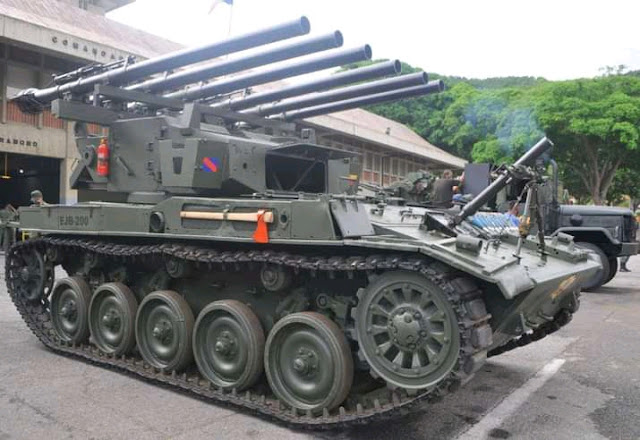Chengdu J-10, China's workhorse
Chengdu J-10, China's workhorse.
While observers turn their attention to China's new J-20 stealth fighter, the Chinese air force is constantly improving and building more units of a only slightly less sophisticated fighter: the J-10.
Like the United States Air Force with its mix of stealth and non-stealth fighters, the Chinese air force is developing a fleet of two-tier fighters. Along with a handful of stealthy J-20s, Beijing is acquiring hundreds of more conventional J-10s.
The single-seat single-engine J-10, a product of Southwest China-based Chengdu Aircraft Industry Group, first flew in 1998 and entered operational service in 2003. With a tailless delta wing and canards, the J- The 15.5-meter-long 10 on the outside is similar to IAI's canceled Israeli Lavi fighter, although there is no evidence that Beijing deliberately copied the Israeli design.
In performance and mission, the supersonic J-10 is similar to the United States Air Force F-16. It is capable of air-to-air and air-to-ground missions.
In November 2018, the online magazine China Military published photos of a J-10 firing unguided rockets at a simulated ground target. A separate photo from August 2018 showed a J-10 carrying anti-radar missiles to suppress enemy air defense.
The 2018 edition of the Pentagon's annual report on Chinese military capabilities describes the latest variant of the J-10C as "a fourth generation of advanced fighters armed with the latest weapons."
At the end of 2017, the Chinese air force possessed around 260 J-10s, according to Flight Global's annual survey of the world's air weapons. J-10s account for 15 percent of Chinese fighter jets and nearly half of the roughly 600 warplanes that, in 2018, the United States Department of Defense deemed modern.
The growing J-10 force is kept busy with exercises and air sovereignty patrols. In the fall of 2018, the J-10s flew alongside other Chinese warplanes in a war game that the Chinese air force called "a solid step towards comprehensive combat capability."
In July 2017, a missile-armed J-10 vibrated a United States Navy EP-3 surveillance aircraft flying in international airspace over the East China Sea. US officials described the flight as "unsafe."
Beijing continues to improve the J-10, even as it develops the J-20 and other new types of fighters. At the Zhuhai Biennial Airshow in early November 2018, a J-10B equipped with a novel thrust vector engine demonstrated extreme maneuverability.
The new J-10C model, which reportedly entered service in 2018, carries a new engine inlet that apparently reduces the aircraft's radar signature. The J-10C could also have an electronically scanned array radar, which is more powerful and reliable than conventional sensors.
Despite the rapid improvement in China's fighting force, it remains more limited and less modern than that of its main rival. In 2018 the United States military possessed no fewer than 2,800 fighters, including more than 900 F-16s and hundreds of F-22 and F-35 stealth fighters.




Comentarios
Publicar un comentario